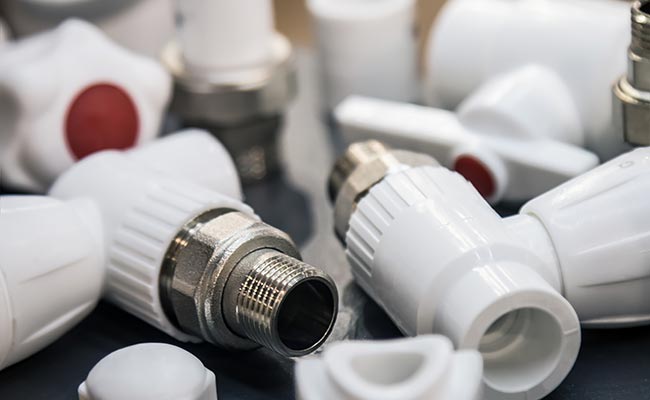You carefully installed a new threaded PVC valve, but it’s slowly dripping from the threads. Tightening it more feels risky, as you know that one turn too many could crack the fitting.
To successfully install a threaded PVC ball valve, wrap the male threads with 3-4 layers of Teflon tape. Always wrap in the direction of tightening. Then, screw it in hand-tight, and use a wrench for only one or two final turns.
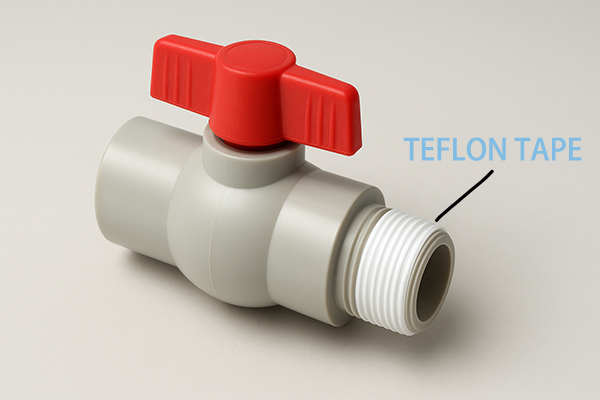
A leaky thread is one of the most common and frustrating installation failures. It’s almost always caused by a small, avoidable mistake in preparation or tightening. I often discuss this with my partner in Indonesia, Budi, because it’s a constant headache his customers face. A secure, leak-free threaded connection is actually easy to achieve. You just need to follow a few simple, but absolutely critical, steps. Let’s cover the key questions to get it right every time.
How to install threaded PVC pipe fittings?
You used a thread sealant paste that works great on metal, but your PVC fitting still leaks. Worse, you worry the chemicals in the paste might damage the plastic over time.
For threaded PVC, always use Teflon tape instead of pipe dope or paste. Wrap the male threads 3-4 times in the same direction you will tighten the fitting, ensuring the tape lays flat and smooth to create a perfect seal.
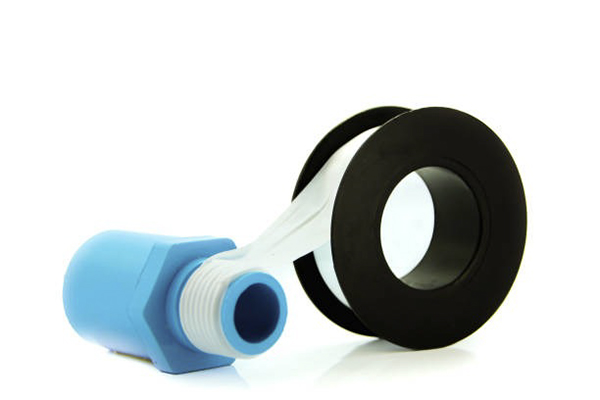
This distinction between tape and paste is critical for plastic fittings. Many common pipe dopes contain petroleum-based compounds that can chemically attack PVC, making it brittle and likely to crack under normal operating pressure. Teflon tape, on the other hand, is completely inert. It acts as both a sealant and a lubricant, filling the tiny gaps in the threads without creating the dangerous outward pressure that paste can. This prevents stress on the female fitting.
Sealant Choice for PVC Threads
| Sealant | Recommended for PVC? | Why? |
|---|---|---|
| Teflon Tape | Yes (Best Choice) | Inert, no chemical reaction, provides lubrication and sealing. |
| Pipe Dope (Paste) | No (Generally) | Many contain oils that soften or damage PVC plastic over time. |
| PVC-Rated Sealant | Yes (Use with Caution) | Must be specifically rated for PVC; tape is still safer and simpler. |
When you wrap the threads, always go in a clockwise direction as you look at the end of the fitting. This ensures that as you tighten the valve, the tape is smoothed down rather than bunched up and unraveled.
How to install a ball valve on PVC pipe?
You have a threaded ball valve but your pipe is smooth. You need to connect them, but you know you can’t glue threads or thread a smooth pipe. What’s the right fitting?
To connect a threaded ball valve to a smooth PVC pipe, you must first solvent-weld (glue) a PVC male threaded adapter onto the pipe. After the cement fully cures, you can install the threaded valve onto the adapter.
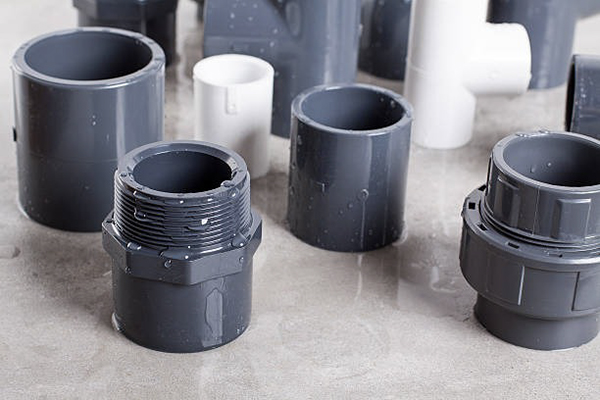
You can never create threads on a standard, smooth PVC pipe; the wall is too thin and it would fail immediately. The connection must be made with a proper adapter fitting. For this job, you need a PVC Male Adapter (often called an MPT or MIPT adapter). One side has a smooth socket, and the other has molded male threads. You use the standard PVC primer and cement process to chemically weld the socket end onto your pipe, creating a single, fused piece. The key here is patience. You must let that solvent-weld cure completely before applying any torque to the threads. Applying force too early can break the new chemical bond, creating a leak at the glued joint. I always advise Budi’s clients to wait at least 24 hours to be safe.
How to install a threaded valve?
You tightened your new threaded valve until it felt rock solid, only to hear a sickening crack. Now the valve is ruined, and you have to cut it out and start all over.
The correct tightening method is “hand-tight plus one to two turns.” Simply screw the valve on by hand until it is snug, then use a wrench to give it only one or two final turns. Stop there.
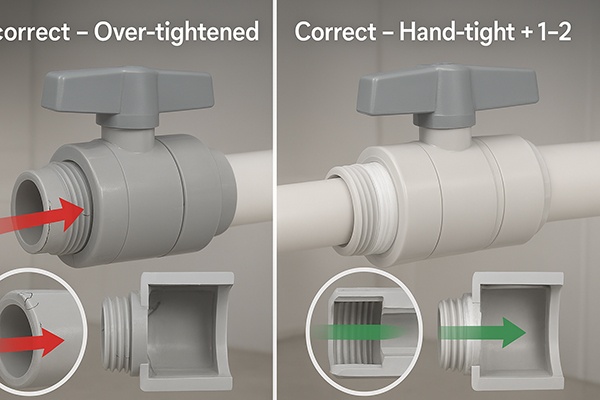
Over-tightening is the number one cause of failure for threaded plastic fittings. Unlike metal, which can stretch and deform, PVC is rigid. When you crank down on a threaded PVC valve, you are putting immense outward force on the female fitting’s walls, trying to split it open. The “hand-tight plus one to two turns” rule is the gold standard for a reason. Hand-tightening alone gets the threads properly engaged. The final one or two turns with a wrench are just enough to compress the layers of Teflon tape, creating a perfect, water-tight seal without putting dangerous stress on the plastic. I always tell my partners that “tighter” is not better with PVC. A firm, snug fit creates a permanent, leak-proof seal that will last for years.
How to connect a shut off valve to PVC?
You need to add a shut-off to an existing PVC line. You’re not sure if you should use a threaded valve or a standard glued valve for this specific application.
For adding a shut-off to an existing PVC line, a true union ball valve is the best option. It allows for future maintenance. Use a solvent-weld (socket) version for pure PVC systems, or a threaded version if connecting near metal components.
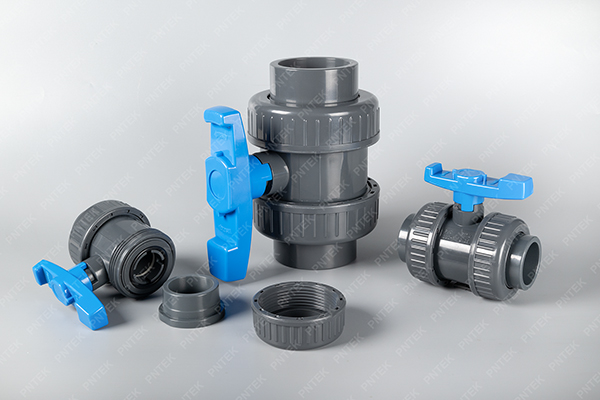
When you need to cut into a line to add a shut-off, thinking about the future is essential. A true union ball valve is the superior choice here. You can cut the pipe, glue the two union ends on, then install the valve body between them. This is far better than a standard valve because you can simply unscrew the union nuts to remove the entire valve body for cleaning or replacement without ever cutting the pipe again. If your system is 100% PVC, the solvent-weld (socket) true union valve is perfect. If you are adding the shut-off next to a pump or filter with metal threads, then a threaded true union valve is the way to go. You would glue a threaded adapter on the PVC pipe first, then install the valve. This flexibility is why we at Pntek emphasize the true union design so much.
Conclusion
To properly install a threaded PVC ball valve, use Teflon tape, not paste. Tighten by hand first, then add just one or two more turns with a wrench for a perfect seal.
Post time: Aug-12-2025



